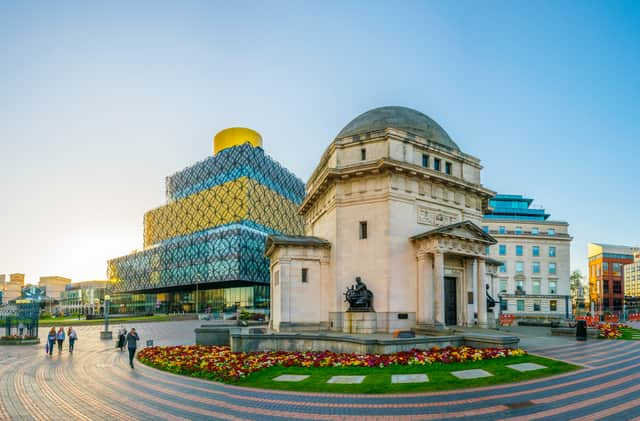The beautiful heritage buildings in Birmingham showcase a depth of art, architecture and, in some cases, devotion. During Birmingham Heritage Week, several heritage sites, which are centuries old, and others from more modern times, have opened their doors to the public.
Heritage Week celebrates the physical and intangible legacies left behind by our ancestors and it is a great time to explore what remains. Several of these locations are opening to the public free of charge, so that they are accessible to everyone.
Birmingham Heritage Week 2023 continues until September 17, but not all of these incredible architectural marvels will be open throughout. So, if you are looking to visit one of them check if you need to book first and book ahead to make sure you make the open days.
More than 200 events are taking place across the length and breadth of Birmingham to celebrate the city’s heritage and you can find more information on it on the Birmingham Heritage Week website. Here are 24 incredible buildings in Birmingham that are open to the public for free during Heritage Week:
Birmingham Heritage Week 2023 continues until September 17, but not all of these incredible architectural marvels will be open throughout. So, if you are looking to visit one of them check if you need to book first and book ahead to make sure you make the open days.
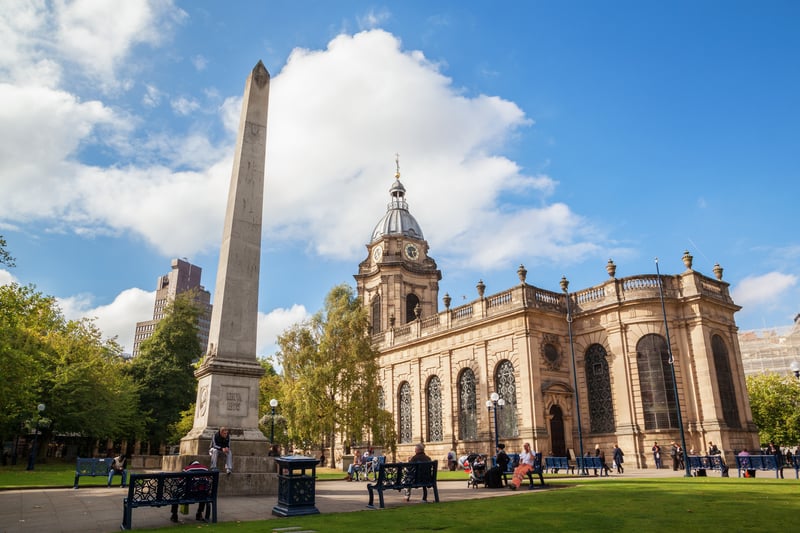
5. Birmingham Cathedral
On Fri 15 Sept | 7pm–8pm, step inside the cathedral for Divine Beauty in concert. The programme will include choral and organ music inspired by the cathedral’s four beautiful stained-glass windows. (Photo - senicer - stock.adobe.com)
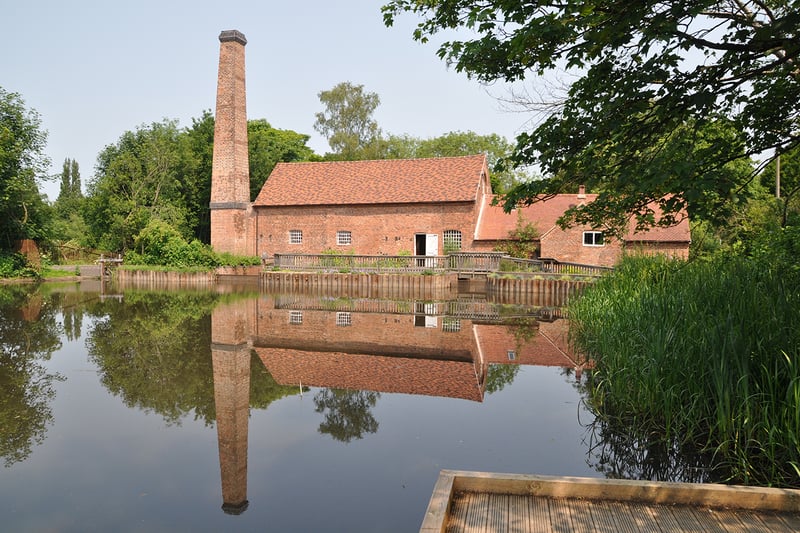
6. Sarehole Mill
Enjoy the sights and sounds of a traditional 18th Century water mill at your own pace. It will be open on Sunday September 16 from 11am–4pm.
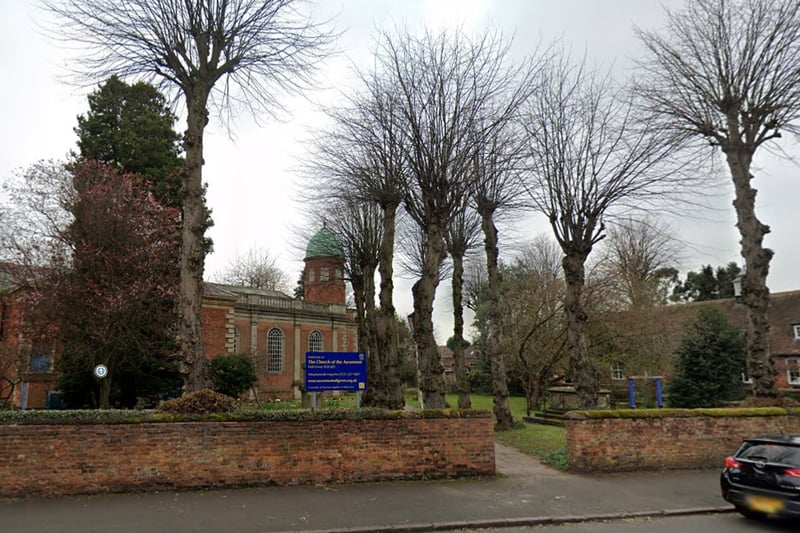
7. Church of the Ascension Hall Green
You will get a chance to have a look around this beautiful Church consecrated in 1704 as Job Marston’s Chapel, and a place of Christian worship to this day. It will be open to the public on September 16 from 11am–3pm. (Photo - Google Maps)
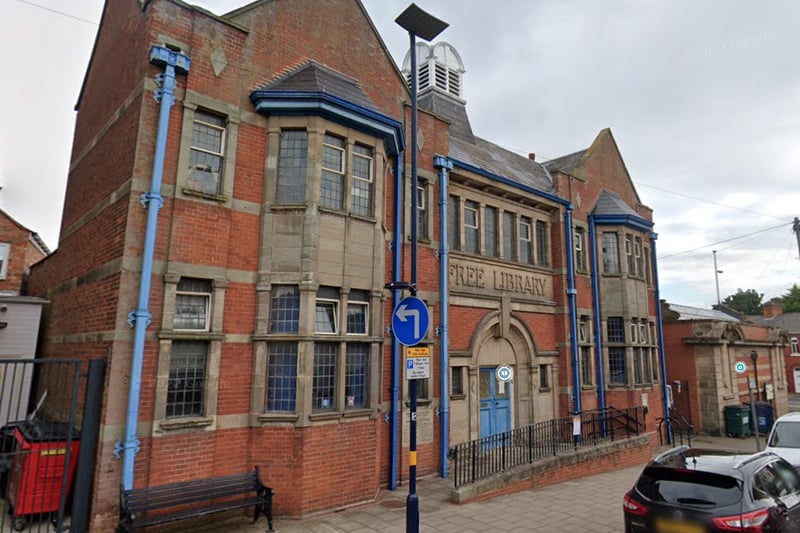
8. Stirchley Library
On Sat 16 Sept from 10.30am – 4pm (closed 1pm-2pm), you can visit the library built for the former Kings Norton & Northfield Urban District Council in 1906. It is a Carnegie Library, paid for by the wealthy philanthropist Andrew Carnegie. (Photo - Google Maps)
